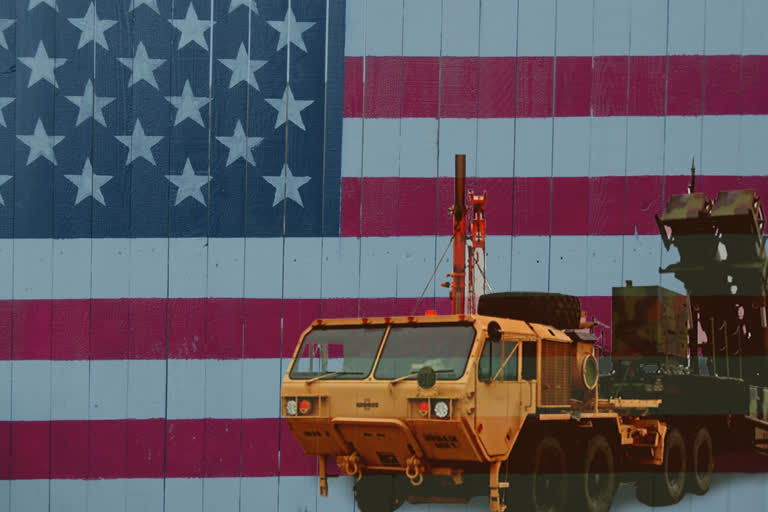New Delhi: As Iran rained ballistic missiles at 4 AM Indian Standard Time on Wednesday on the biggest US base in Iraq and another base hosting American soldiers in Erbil in western Iraq causing considerable mayhem, another formidable reputation was also grinded to the dust. The myth of invincibility of the much-hyped Patriot air defence system that in all possibility guarded the high-risk bases also lay in tatters.
It was the second major incident where the Patriot system, a surface-to-air, air-defence missile system that is deployed with the US, allied, and partner forces in multiple theatres across the world—failed to intercept and destroy incoming projectiles.
On September 14, 2019, Iran-backed Houthi rebels let loose a barrage of cruise missiles and drones at two vital oil installations in Saudi Arabia’s Abqaiq and Khurais districts leading to a shock in the global oil market.
It was a telling commentary on US intelligence gathering satellite network and efficacy of the Patriot system which the Saudis bought from the Americans at a huge cost of about $1 billion per missile battery and each missile costing up to $3 million apiece.
After the attack by the Yemen-based Houthi rebels, it was explained away that the Patriot system was not at its best when countering drones and cruise missiles which are slower, low-flying and have greater manoeuvrability. But Wednesday’s attack has exposed its vulnerability against ballistic missile too. Ballistic missiles are high-speed projectiles that home in to a target from a high altitude.
Not for nothing did Russian President Vladimir Putin, taking a potshot at the US defence system, offer to sell the Russian S-300 air defence system to the Saudis. “They will reliably protect all infrastructure objects of Saudi Arabia”, he had said.
Read also: Real revenge will be to force US out of the region: Rouhani
It was the 1991 Gulf War that gave an air of invincibility to the Patriot system after the US said it had intercepted 45 out of 47 incoming Scud missiles. Later the US army revised the successful interception figure to about 50 percent. A government investigation into the Raytheon made Patriot system was also inconclusive.
Iran has the most formidable and most diverse ballistic missile arsenal in West Asia with its close-range, short-range, and medium-range ballistic missiles with a strike capability up to 2,000 km from Iran’s borders. The strike zone covers up to Israel and southeastern Europe.
Iran’s missile force also called the Al-Ghadir Missile Command (AGMC) is under the control of the Islamic Revolutionary Guards Aerospace Force.
Read also: US-Iran at war: Military strengths of two nations



